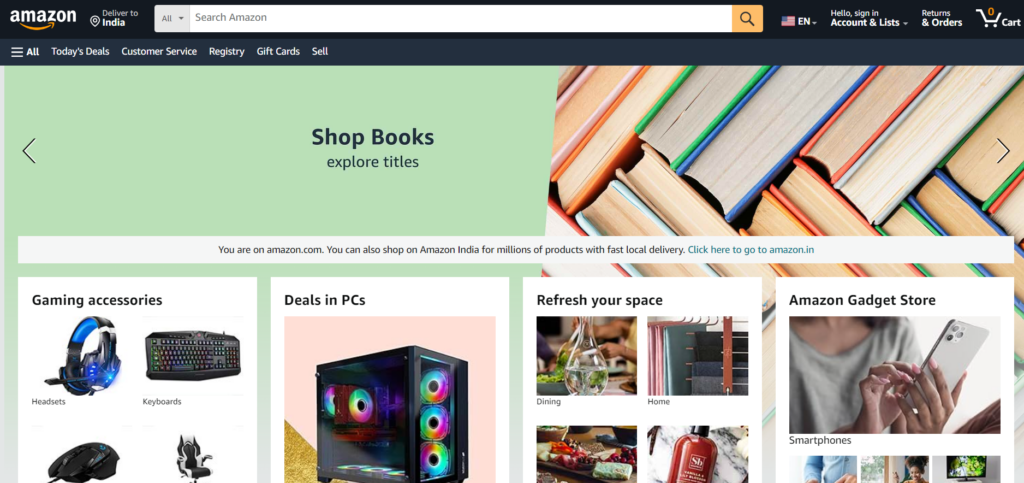In our tech-driven world, users are the kings and queens. From navigating apps to browsing websites, seamless and intuitive experiences are no longer a bonus, they’re the expectation. Failing to prioritize user needs spells disaster for digital products and services. This is where user-centered design (UCD) steps in, placing the customer at the heart of every design decision.
The Pitfalls of Ignoring User Needs:
Picture this: You open an app, excited to try out its features, only to be greeted by a confusing interface that leaves you scratching your head. Or perhaps you visit a website, eagerly anticipating the information it promises, only to find yourself waiting endlessly for it to load. Frustration sets in, and before you know it, you’re closing the app or tab, never to return.
What follows is a cascade of negative consequences for the product’s creators. High bounce rates signal that users are clicking away almost as soon as they arrive. Engagement metrics plummet as users struggle to find value in the cumbersome interface. Worst of all, the user base begins to dwindle as disgruntled users share their negative experiences, tarnishing the product’s reputation.
These scenarios paint a stark picture of what can happen when user-centricity is neglected. In a world where users have countless options at their fingertips, providing a seamless and intuitive experience isn’t just a nice-to-have—it’s essential for survival in the competitive digital landscape.
The Power of Putting Users First:
User-Centered Design (UCD) isn’t merely a passing trend; it’s a transformative approach. By placing user needs, preferences, and behaviors at the forefront, designers create interfaces that go beyond mere functionality. They become intuitive, efficient, and genuinely enjoyable to interact with. This, in turn, leads to satisfied users who are more likely to remain loyal and engaged with the product or service.
Moreover, UCD significantly reduces the necessity for expensive redesigns in the future. By ensuring that the product aligns closely with user expectations right from the start, UCD saves both time and resources while enhancing overall user satisfaction and success.
Building with the User in Mind:
Implementing UCD involves a well-defined process:
- User Research: Understanding users is paramount. Techniques like surveys, interviews, and usability testing provide valuable insights into user preferences and behavior. This knowledge informs design decisions and ensures the product resonates with the target audience.
- Prototyping: Think of prototypes as rough drafts. They allow designers to test core functionalities and user flows with real people early on. This iterative process helps identify and address usability issues before significant development efforts are invested.
- Testing and Refining: Just like a good recipe, UCD involves continuous refinement. After gathering user feedback through testing, designers can iterate on the design, ensuring the final product truly meets user needs and expectations.
A User-Centric Powerhouse: The Amazon Shopping App

The Amazon Shopping App exemplifies how User-Centered Design (UCD) translates into remarkable user experiences. Here’s how:
- Intuitive Interface: The app boasts a clean and straightforward layout, making navigation effortless.
- Personalized Recommendations: Powerful algorithms suggest products relevant to past purchases and browsing history, saving users time and effort in finding what they need.
- Seamless Shopping Journey: From product discovery to checkout, the app streamlines every step. Features like one-click ordering and integrated payment options ensure a frictionless experience.
Beyond the Surface: Constantly Evolving with User Input

Amazon’s dedication to UCD goes beyond aesthetics. They actively gather user feedback through various channels:
- App Store Reviews: Customer reviews are closely monitored to identify areas for improvement.
- In-App Feedback Mechanisms: Users can directly report issues or suggest features within the app.
- A/B Testing: Different design variations are tested with real users to gauge their preferences and optimize the overall experience.
By incorporating this feedback into the design process, Amazon continuously refines the app to better meet user needs. This iterative approach has resulted in:
- A Loyal User Base: Customers appreciate the app’s ease of use and personalized touch, fostering brand loyalty.
- Exceptional User Engagement: High conversion rates and frequent app usage demonstrate the effectiveness of the UCD strategy.

The Amazon Advantage: UCD in Action
Amazon‘s success story underscores the power of UCD. By prioritizing user needs, constantly seeking feedback, and implementing data-driven improvements, they’ve created an app that is not only functional but also a delight to use. This user-centric approach strengthens customer relationships, drives engagement, and positions Amazon as a leader in the e-commerce landscape.
The Takeaway: User-Centricity is the Key to Success
In a digital world where user experience reigns supreme, embracing user-centred design (UCD) isn’t just an option—it’s a necessity for success. Neglecting user needs can lead to a cascade of negative outcomes, from high bounce rates to dwindling user bases. However, by prioritizing user needs and preferences, UCD can transform interfaces into intuitive, efficient, and enjoyable experiences. The Amazon Shopping App serves as a shining example of UCD in action, with its intuitive interface, personalized recommendations, and seamless shopping journey. By constantly seeking user feedback and refining the design based on data-driven insights, Amazon has cultivated a loyal user base and achieved exceptional user engagement. The lesson is clear: prioritizing user-centricity is the key to unlocking success in the digital landscape.

